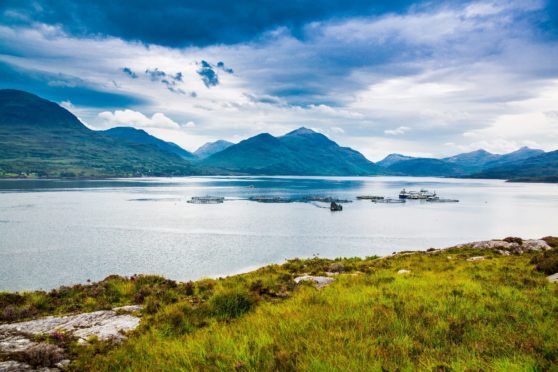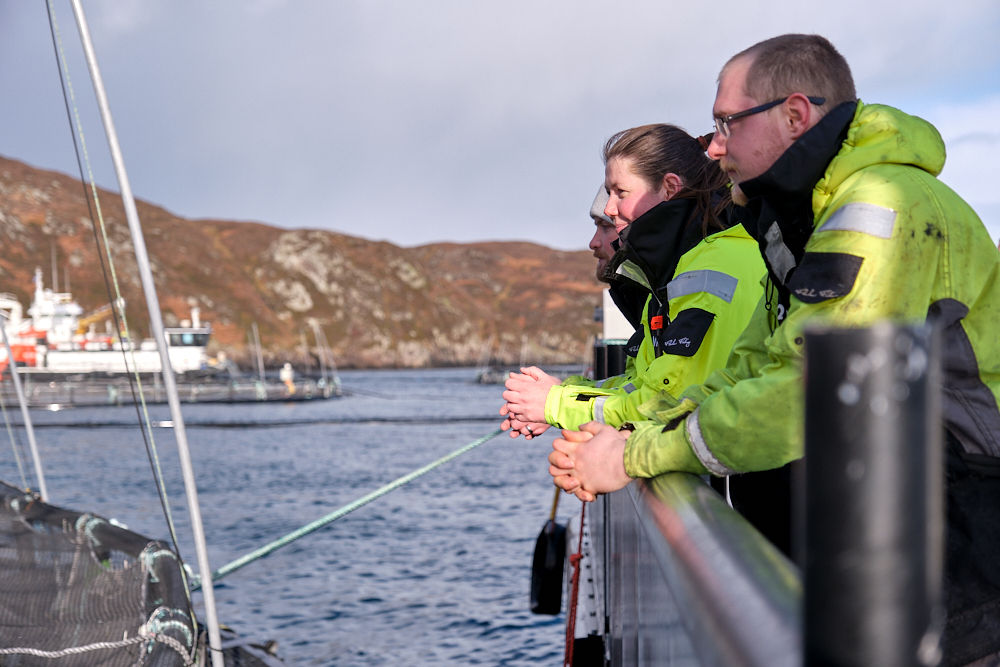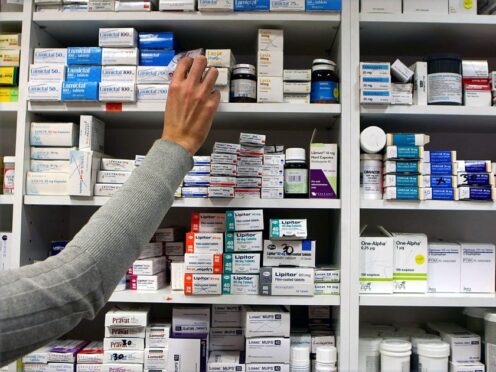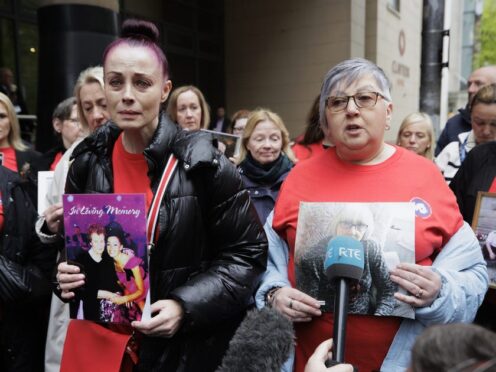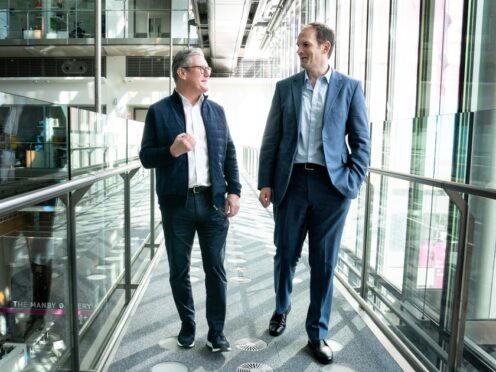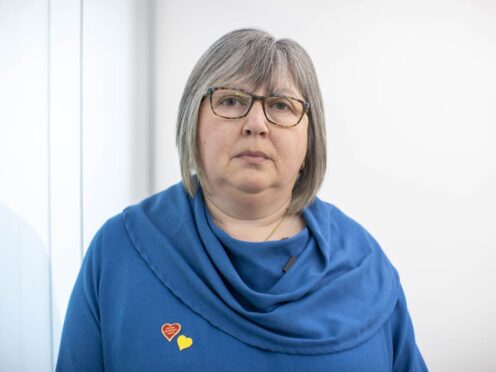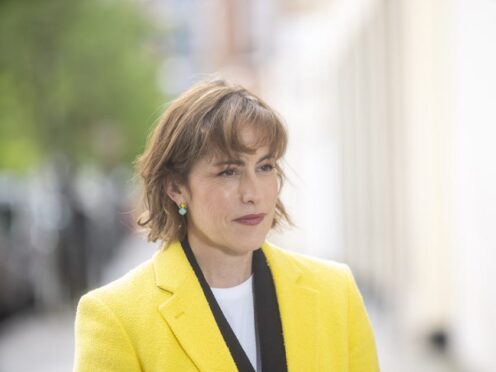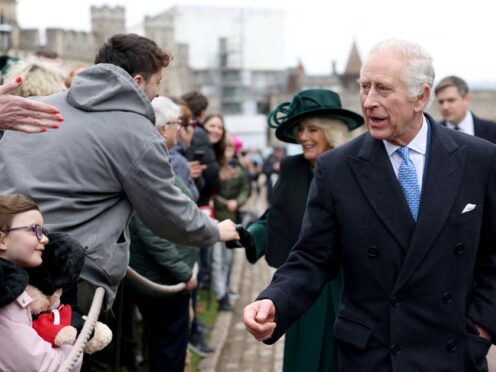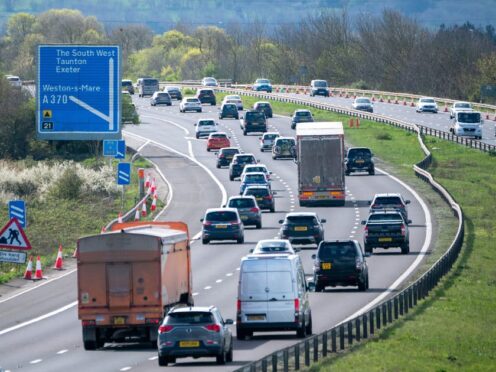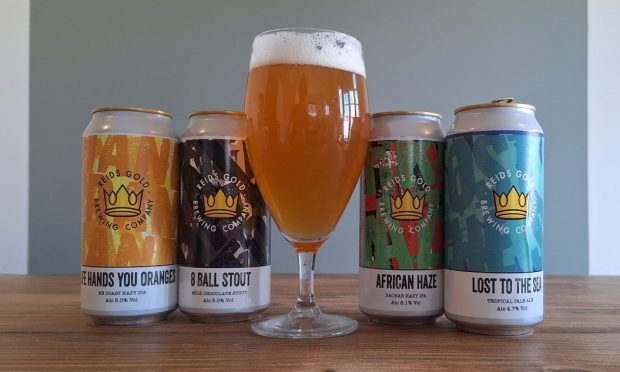Salmon is a healthy source of protein, but how much do you really know about how it arrives on your plate?
Scottish salmon farming helps keep a sustainable supply of fish available across the UK, so understanding how this crucial industry works is important.
From its humble roots in Scotland’s history to its current place at the forefront of the global food revolution, we’re sharing six facts to help you learn more about Scottish salmon farming.
1. More than half the fish eaten around the world is farmed
Fish farming is already responsible for feeding many across the world – and it’s set to play an even more important role going forward.
In an online article about the global food revolution, the director of strategic engagement at Scottish Salmon Producers Organisation (SSPO), Hamish Macdonnell, wrote: “Already more than half the fish eaten across the globe is farmed. By 2030, that percentage has to rise to 62 per cent if we are going to feed the world.”
As a world leader in farmed salmon, the solutions and techniques Scotland’s fish farmers have developed can help the worldwide aquaculture industry become efficient and sustainable to meet future demand.
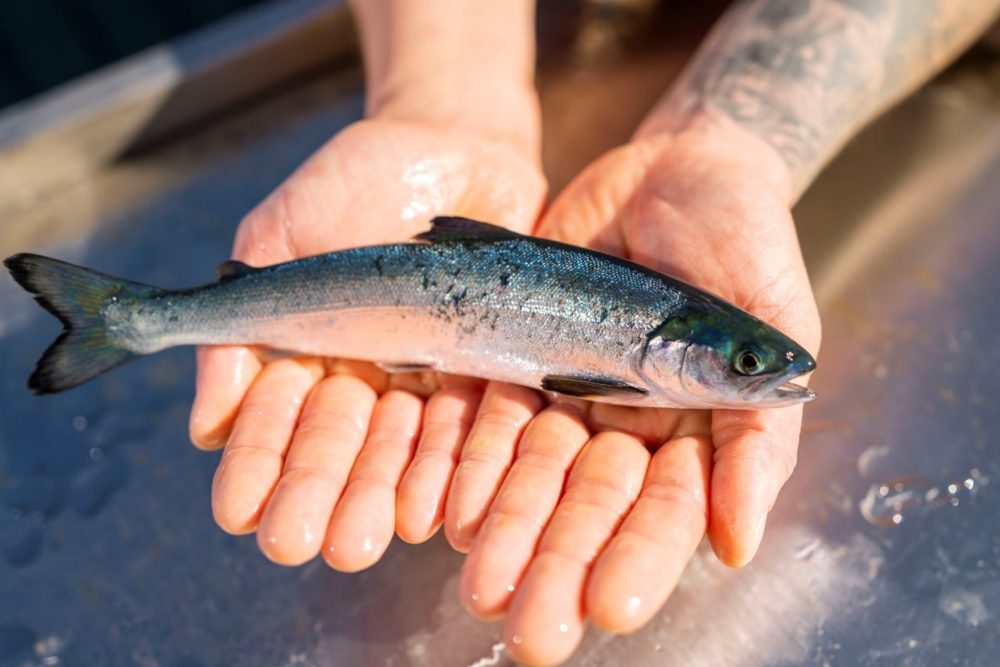
2. Scottish salmon exports are BIG business
In fact, Scottish salmon is the biggest food export in the UK, enjoyed by happy foodies in more than 50 different countries.
France in particular is full of Scottish salmon fans – it imports the most Scottish salmon of any other country (36,000 tonnes in 2019).
In total, the Scottish salmon farming sector accounts for around 40% of Scottish food exports, by value.
3. Salmon farming creates thousands of rural jobs in Scotland
Scottish salmon has done lots for local communities – not least through the creation of jobs.
In Scotland, 2500 are employed on farms, with 10,000 people working across the supply chain to get salmon to market.
It’s also a big employer of young people – a recent report by SSPO revealed that almost a third of the workforce in the salmon farming sector is under the age of 30.
4. Salmon producers find surprising ways to support local communities
Many fish farmers understand the importance of building strong communities in the remote areas they work in – that’s why, as well as providing vital jobs, they also provide support in other ways too.
Salmon farmers give back to the communities where they live and work in a multitude of ways. This includes volunteering for the local fire brigade or mountain rescue, funding sports facilities and teams, building or refurbishing community halls and supporting local schools and care homes with equipment, kit and educational resources.
5. Salmon is one of the most energy efficient farmed animals
According to a 2018 report from the International Salmon Farmers Association, the carbon footprint of farmed salmon is comparable to that of chicken and is only one tenth of the footprint of beef. This includes the fact that seafood is transported over longer distances to market than meat.
It also uses less fresh water – one salmon requires 900 litres, whilst 1kg of beef requires 15,000 litres of water.
But the salmon farming sector is continually working to become even more energy efficient. Among the several green projects currently being trialled in Scotland is a venture looking at recycling fish waste as fertiliser for farmland.
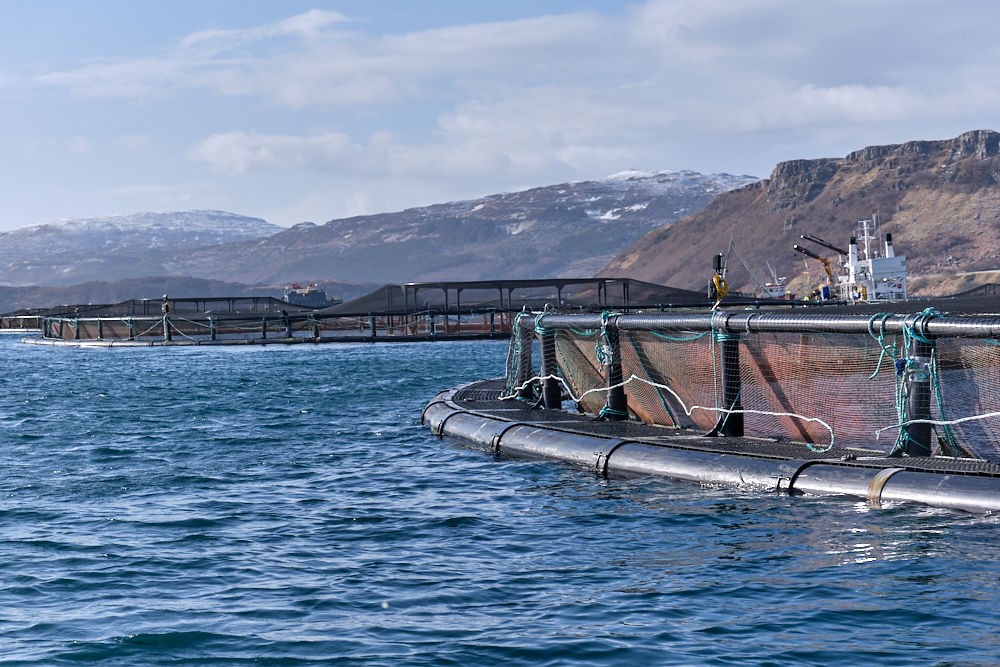
6. Salmon farming has a long history in Scotland
Scottish salmon farming has really come into its own since the first commercial salmon farm in the early 70s, but the history of farming salmon in Scotland goes back much further.
In fact, it stretches all the way back to 1838 – the earliest recorded effort to incubate and hatch salmon eggs.
Then during the Victorian era, fish farming increased in a bid to restock rivers. By 1890 there were 18 hatcheries operating in Scotland.
You can find out more about Scottish salmon farming, its importance to rural communities, the Scottish economy and how it can contribute to the green recovery – as well as the health benefits of eating fresh farmed salmon – online here.
